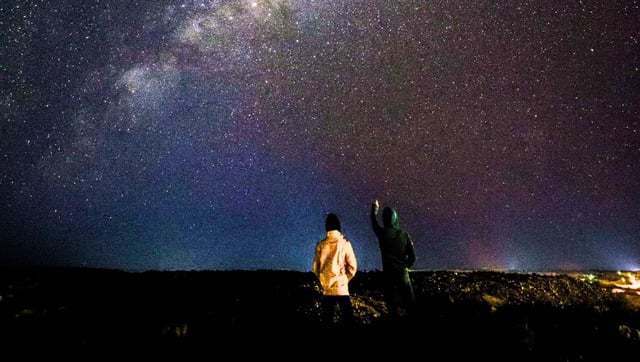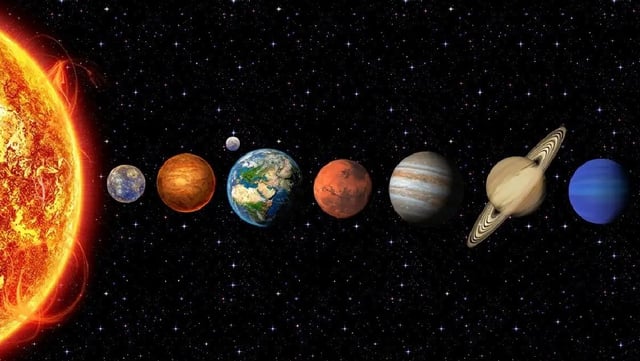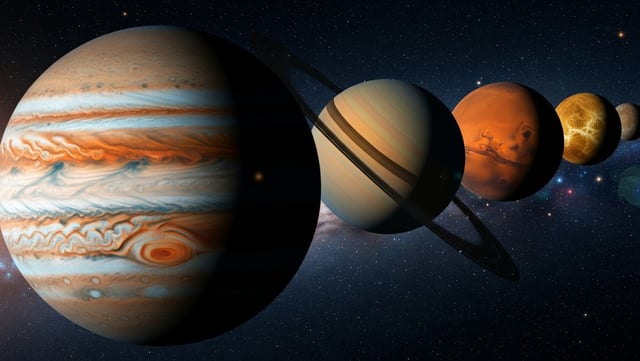Overview
- Beginning August 10, Mercury, Venus, Jupiter, Saturn, Uranus and Neptune will appear in a visual lineup along the ecliptic until mid-August.
- The closest apparent conjunction between Venus and Jupiter is expected on August 12, marking the optimal night for planet spotting.
- The Perseid meteor shower will peak on the nights of August 12–13, offering up to 100 meteors per hour under ideal dark-sky conditions.
- Observers can see Mercury, Venus, Jupiter and Saturn with the naked eye, while Uranus and Neptune will require binoculars or a small telescope.
- Experts recommend finding a location with minimal light pollution and checking weather forecasts to ensure clear dawn skies for the best viewing experience.



